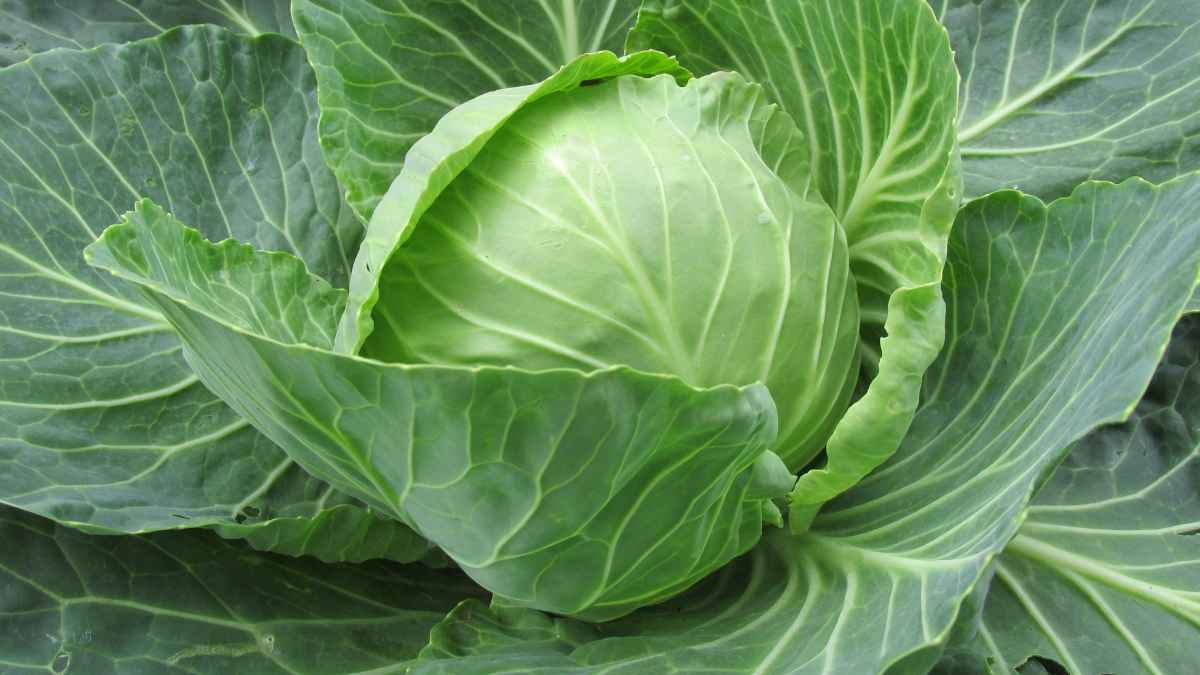
With its crunchy texture and versatility in the kitchen, cabbage is a beloved vegetable that adds depth and flavor to countless dishes. Whether you’re a seasoned gardener or a novice enthusiast, cultivating cabbage in your garden can be easy.
Cabbage comes in various shapes, sizes, and colors, each with its unique flavor profile and growing requirements. Back Home on the Farm carries several varieties, including Thunderhead, Red Dynasty, Stonehead, Superstar, Savoy King, Late Flat Dutch, and Ruby Perfection. Consider your climate, available space, and culinary preferences when selecting a variety.
Cabbage thrives in cool weather, making it an excellent choice for spring and fall gardens. It prefers full sun but can tolerate partial shade, especially in warmer climates. Ensure your soil is well-drained, fertile, and rich in organic matter. Aim for a soil pH between 6.0 and 7.5 for optimal growth.
Cabbage can be grown from seeds or transplants, depending on your preference and growing season. Start seeds indoors 6-8 weeks before the last expected frost date, or plant transplants directly into the garden bed once the soil is workable. Space cabbage plants are 12-18 inches apart for proper airflow and growth.
Cabbage requires consistent moisture to thrive, so water regularly, especially during dry spells. Avoid overhead watering to prevent the development of fungal diseases. Mulch around the base of the plants to retain soil moisture and suppress weeds.
Fertilize cabbage plants with a balanced fertilizer high in nitrogen to promote healthy leafy growth. Monitor your plants for pests such as cabbage worms, aphids, and slugs. Handpick any pests or use organic insecticidal soap to keep them under control.
Knowing when to harvest cabbage is essential for optimal flavor and texture. Harvest cabbage heads when they are firm and solid and reach the desired size, typically 70-120 days after planting, depending on the variety. Use a sharp knife to cut the head from the stem at ground level.
Once harvested, cabbage can be enjoyed in a multitude of culinary creations. Use raw cabbage in salads, slaws, and sandwiches, or cook it by steaming, sautéing, or braising. Cabbage is also a popular ingredient in soups, stews, stir-fries, and fermented foods like sauerkraut and kimchi.
Visit our blog for more tasty recipes and gardening tidbits!




